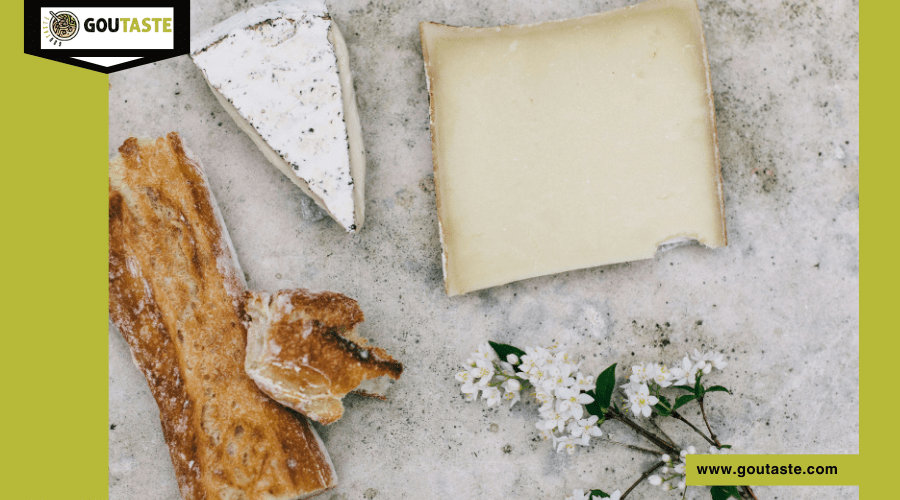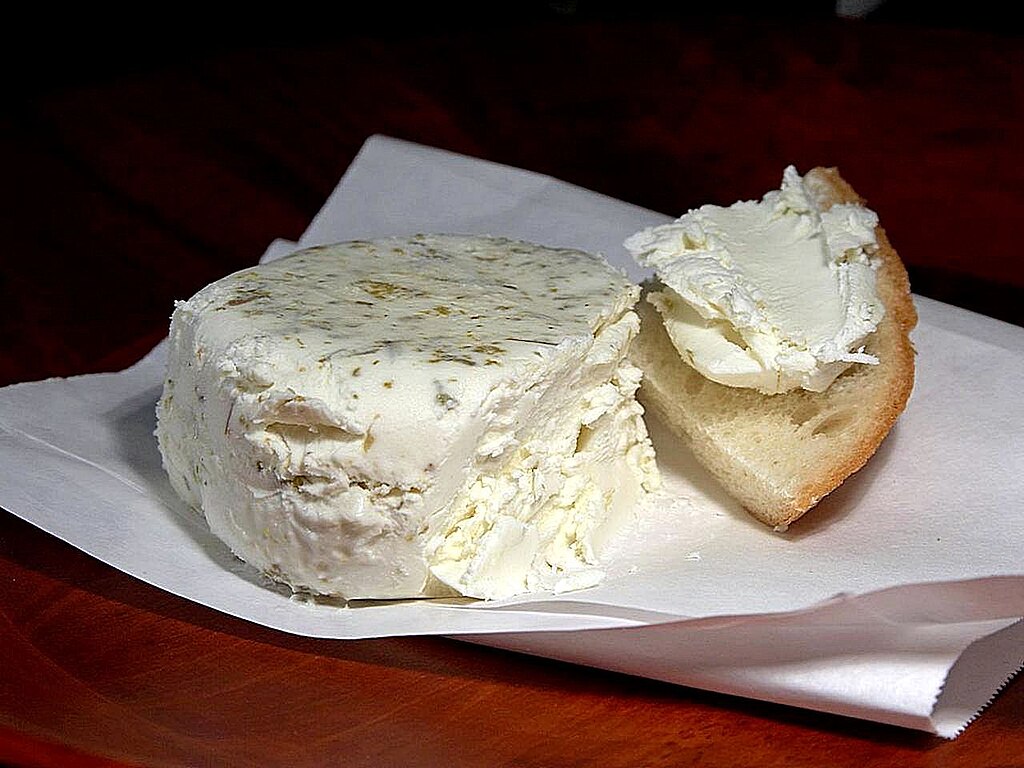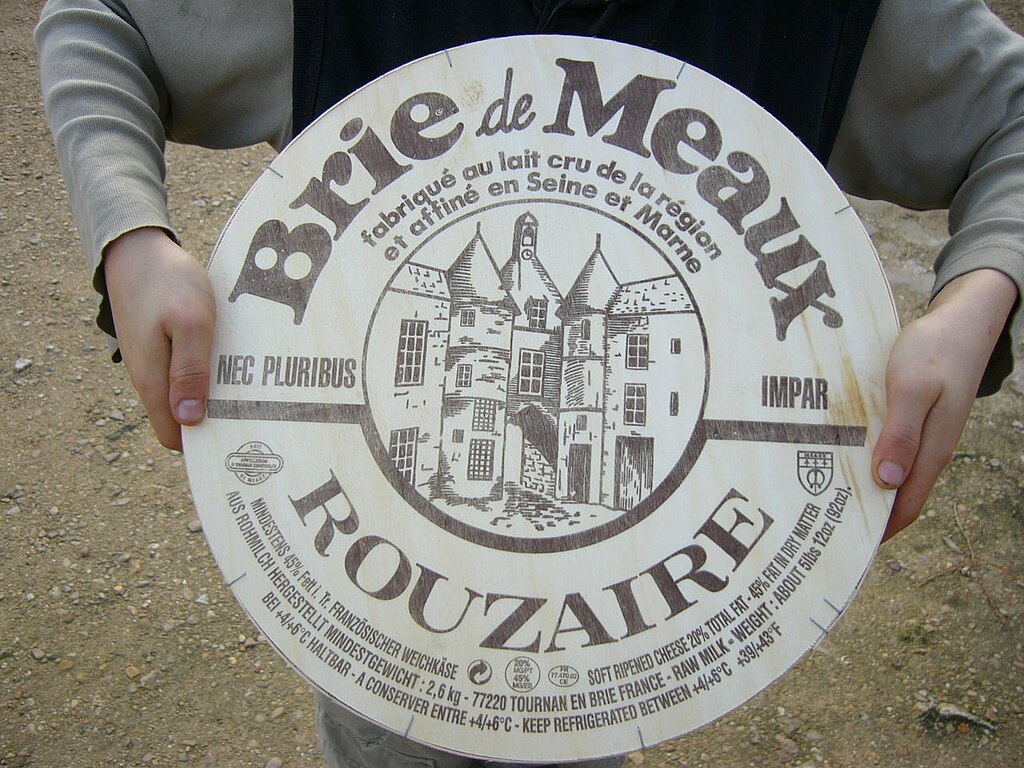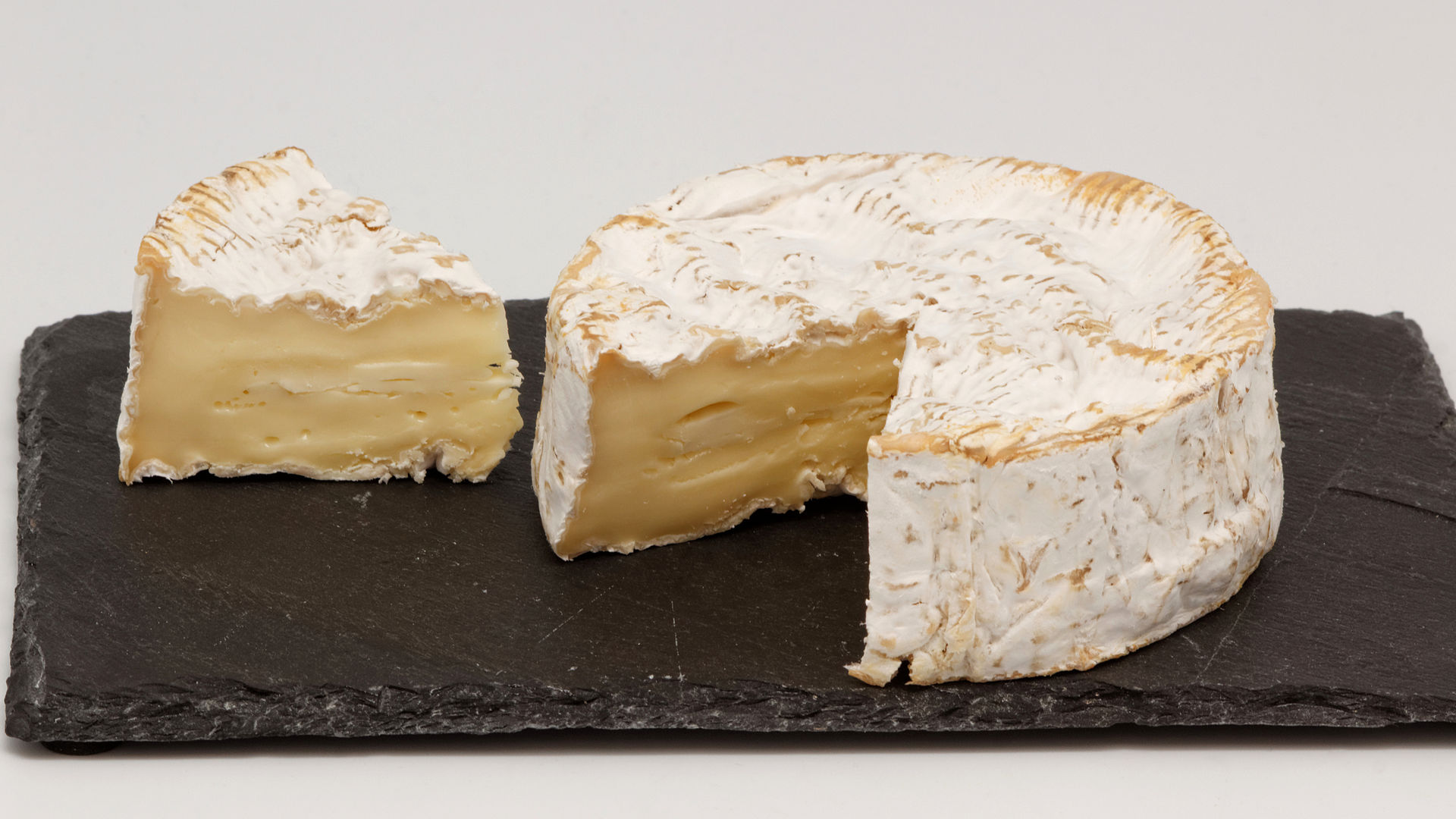French Cheese Varieties and Perfect Pairings for Every Occasion

When it comes to culinary wonders, few countries can rival France’s influence, particularly in the world of cheese. French cheese is more than just a food item; it’s a cultural icon, and a symbol of craftsmanship passed down through generations. The variety is astounding, ranging from soft, creamy textures to pungent, hard cheeses with complex flavors. In this post, we will embark on a journey through the world of French cheese, exploring some of the most popular varieties and how to pair them with the perfect accompaniments.
1. A Brief History of French Cheese
French cheese has a history that spans centuries. From the Roman Empire, where cheesemaking techniques began to evolve, to medieval monasteries that perfected aging methods, French cheese has always been a part of everyday life. However, its reputation as a global delicacy truly began to take shape during the Renaissance, when French nobility would showcase their collections of fine cheeses at banquets.
Each region in France developed its own unique cheese, influenced by local geography, climate, and available resources. Today, there are over 1,000 different varieties of French cheese, and many have Protected Designation of Origin (PDO) status, which ensures they are made in their respective regions with traditional methods.
2. Overview of French Cheese Varieties

With such a vast array of cheeses, it’s essential to break them down into categories to understand their characteristics and pairings better. Here’s a quick look at the main types of French cheeses:
Fresh Cheeses
Fresh cheeses are typically young, soft, and mild in flavor. They are not aged, making them perfect for those who prefer a lighter taste.
- Examples: Fromage Blanc, Chèvre (goat cheese)
- Pairings: Fresh bread, honey, fruits like figs and grapes, Sauvignon Blanc
Soft Cheeses
Soft cheeses have a creamy texture with a bloomy rind, making them ideal for spreading on bread or crackers. These cheeses are often delicate but can develop strong flavors as they age.
- Examples: Brie, Camembert
- Pairings: Apples, walnuts, Chardonnay, Champagne
Semi-Soft Cheeses
Semi-soft cheeses have a smooth, elastic texture and mild to medium flavors. These cheeses are slightly firmer than soft cheeses but still retain a creamy mouthfeel.
- Examples: Morbier, Reblochon
- Pairings: Pears, crusty bread, medium-bodied red wine like Pinot Noir
Blue Cheeses
Blue cheeses are known for their distinctive blue veins and strong, tangy flavors. These cheeses are typically pungent, with a creamy texture and salty bite.
- Examples: Roquefort, Bleu d'Auvergne
- Pairings: Pears, honey, Sauternes (sweet wine)
Hard Cheeses
Hard cheeses are aged for extended periods, developing complex, nutty flavors and a firmer texture. These cheeses are often served in chunks or thin slices.
- Examples: Comté, Beaufort
- Pairings: Dried apricots, almonds, full-bodied red wines like Bordeaux
Washed-Rind Cheeses
Washed-rind cheeses are often pungent, with a moist and sticky rind. These cheeses have strong, assertive flavors that can be earthy and even slightly funky.
- Examples: Munster, Époisses
- Pairings: Rye bread, apples, Gewürztraminer
3. How to Choose the Right Pairings
The art of pairing French cheese with food and wine revolves around balancing flavors and textures. Here are a few key factors to consider when choosing your pairings:
- Texture: The texture of the cheese should complement the texture of the food it is paired with. Creamy cheeses pair well with crunchy foods like nuts and crackers, while firmer cheeses work well with fruits or spreads that offer contrast.
- Flavor Intensity: Match the intensity of the cheese with the intensity of the pairing. Strong, pungent cheeses should be paired with bold wines or sweet accompaniments to balance the flavors. Milder cheeses pair well with lighter foods and wines.
- Milk Type: Cheeses made from cow's milk, goat's milk, or sheep's milk all have distinct flavor profiles. Goat cheese tends to be tangy and pairs well with fresh, acidic fruits, while cow's milk cheeses can range from mild to intense and pair well with a variety of accompaniments.
4. Popular French Cheese and Pairing Suggestions

Let’s take a closer look at some of the most popular French cheeses and offer specific pairing suggestions to enhance your tasting experience.
Brie de Meaux
Brie de Meaux is one of France's most famous cheeses, known for its soft, creamy texture and mild flavor. This cheese originates from the Brie region and is often referred to as the "King of Cheeses." As it ages, the rind becomes slightly firmer while the interior remains gooey and rich.
- Pairings: Baguette, fig jam, Chardonnay
- Why it works: Brie's mild, buttery flavor is complemented by fig jam's sweetness, while Chardonnay's crisp acidity cuts through the richness.
Roquefort
Roquefort is a renowned blue cheese made from sheep's milk and aged in the natural caves of the Combalou mountains. It has a tangy, sharp flavor with a creamy texture and salty bite, making it a bold cheese that pairs well with contrasting sweet and fruity flavors.
- Pairings: Pears, honey, Sauternes
- Why it works: The sweet juiciness of pears and the rich sweetness of honey balance the salty tang of Roquefort, while the dessert wine Sauternes provides a harmonious contrast.
Comté
Comté is a hard cheese made from cow's milk, aged for varying lengths of time to develop its flavor. Younger Comté is mild and buttery, while older Comté is nutty and complex with hints of caramel.
- Pairings: Walnuts, dried apricots, Chardonnay
- Why it works: The nutty flavor of Comté is enhanced by the earthy crunch of walnuts, while the sweetness of dried apricots adds a delightful contrast. Chardonnay’s acidity balances the richness of the cheese.
Époisses
Époisses is a pungent washed-rind cheese from the Burgundy region. Its strong aroma can be off-putting to some, but the flavor is rich, creamy, and surprisingly complex. The rind is washed in brandy, which contributes to its bold character.
- Pairings: Rye bread, apples, Chablis
- Why it works: The tartness of apples cuts through the rich, earthy flavor of Époisses, while the crisp minerality of Chablis balances its intensity.
Chèvre (Goat Cheese)
Chèvre is a light, tangy, and creamy fresh goat cheese. It’s versatile and pairs well with a variety of flavors, making it a popular choice for both savory and sweet pairings.
- Pairings: Honey, grapes, Sauvignon Blanc
- Why it works: Honey's sweetness enhances the tanginess of the chèvre, while Sauvignon Blanc’s acidity complements the cheese’s fresh, bright flavor.
5. Unconventional Pairings to Try
If you’re feeling adventurous, here are some unconventional yet delightful pairings that bring out the unexpected flavors of French cheeses:
- Roquefort with Dark Chocolate: The bitter, rich flavor of dark chocolate contrasts beautifully with the salty tang of Roquefort, creating a bold and decadent pairing.
- Brie with Berries and Sparkling Wine: Brie's creamy texture pairs well with the sweet-tart flavor of berries, while sparkling wine adds a refreshing effervescence that enhances the cheese's mildness.
- Morbier with Spicy Jams: Morbier’s creamy, slightly tangy flavor is elevated by the sweet heat of spicy jams, creating a memorable and unique pairing experience.
6. How to Create the Perfect French Cheese Platter
Creating a well-balanced French cheese platter is an art form in itself. Here are some tips for assembling a beautiful and delicious cheese board:
Mix Textures and Flavors
- Variety is the key to a great cheese platter. To offer different textures, include a mix of soft, semi-soft, and hard cheeses.
- Flavor balance is important. Include mild, medium, and strong cheeses to cater to all palates.
Include Complementary Accompaniments
- Fruits: Grapes, apples, pears, and dried fruits like apricots complement the flavors of many French cheeses.
- Nuts: Walnuts, almonds, and hazelnuts add texture and enhance the nuttiness of hard cheeses like Comté.
- Bread and Crackers: A mix of crusty bread and plain crackers allows the cheese flavors to shine without overpowering them.
- Jams and Honey: Fig jam, quince paste, and honey offer a sweet contrast to sharp or tangy cheeses.
Presentation Tips
- Arranging the cheese: Start by placing the largest pieces of cheese on the board and fill in with smaller items like fruits, nuts, and crackers.
- Labeling: Use small labels to identify each cheese so guests know what they are tasting.
- Room Temperature: Allow the cheeses to come to room temperature before serving to ensure optimal flavor and texture.
7. French Cheese and Wine Pairing Guide

Pairing French cheese with wine can elevate the tasting experience. Here are some general guidelines for pairing cheese with wine:
Match Intensity
- Mild cheeses like Brie and Camembert pair well with lighter white wines like Chardonnay or Champagne.
- Strong cheeses like Roquefort or Époisses pair well with bold red wines or sweet dessert wines like Sauternes.
Complementary vs. Contrasting
- Complementary pairings bring out similar flavors in both the cheese and the wine, such as pairing a nutty Comté with a rich Chardonnay.
- Contrasting pairings balance opposing flavors, such as pairing a salty Roquefort with a sweet Sauternes.
Cheese and Wine Pairing Chart
| Cheese | Wine |
|---|---|
| Brie | Chardonnay |
| Roquefort | Sauternes |
| Comté | Pinot Noir |
| Époisses | Chablis |
| Camembert | Champagne |
Wrapping Up
The world of French cheese offers endless opportunities for discovery, with each variety providing its own unique flavor profile and pairing potential. Whether you’re indulging in a creamy Brie or savoring the bold flavors of Roquefort, understanding how to pair these cheeses with the right foods and wines can enhance your tasting experience. From casual gatherings to elegant dinners, the right cheese pairing can make any occasion more memorable.




